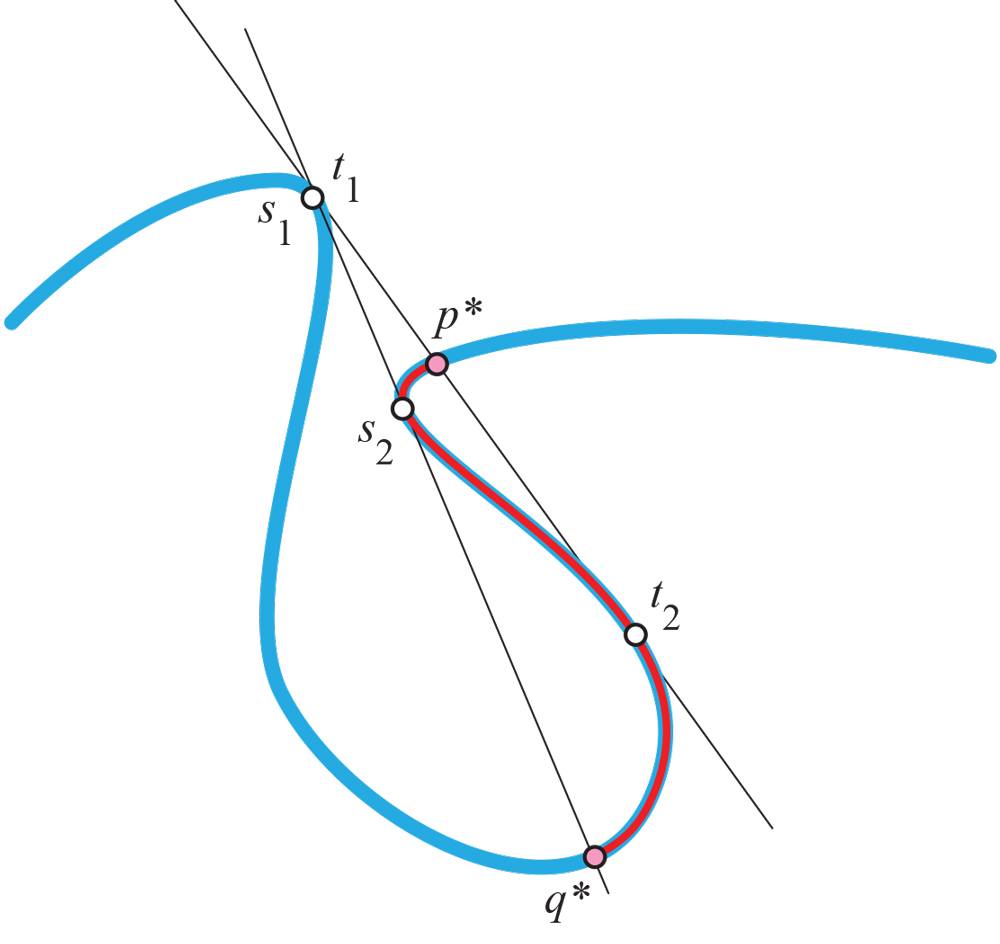This is along the lines suggested by @DonuArapura: "describe a problem [...] that is reasonably concrete and accessible, and go from there."
Here is a problem an engineer would appreciate: Which bent pieces of wire can pass through a pinhole in a plane via rigid motions? Such curves have been called threadable curves.1
Deciding whether a given planar algebraic curve $C$ is threadable depends on the number of bitangents. For a curve of degree $d$, this number is $O(d^4)$, a result of Schubert. See the MO question, Number of bitangents to connected algebraic curve.

1J.O'Rourke and Emmely Rogers, "Threadable curves," *Proc. 30th Canad. Conf. Comput. Geom.*, Aug 2018, 328—333. ([arXiv abstract](https://arxiv.org/abs/1801.08003)).
1J.O'Rourke and Emmely Rogers, "Threadable curves," Proc. 30th Canad. Conf. Comput. Geom., Aug 2018, 328—333. (arXiv abstract).
